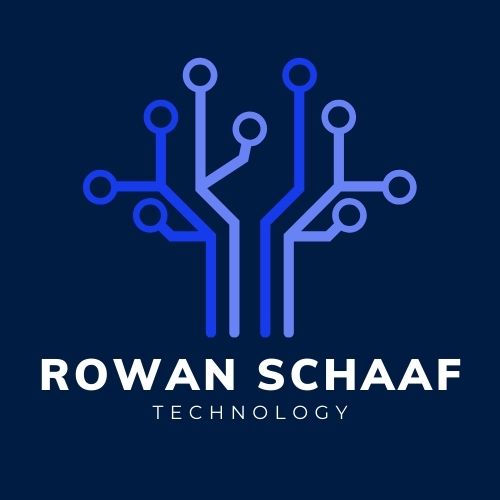Playing Jenga is a balancing act; make one wrong move and it all crumbles. This is analogous to software project management, particularly when we introduce the Theory of Constraints (ToC) – a method packed with potential, yet riddled with challenges.
Conceived by Dr. Eliyahu M. Goldratt in his 1984 book “The Goal,” ToC is an innovative management approach that highlights the weakest links within any system. By focusing on these bottlenecks, we can dramatically enhance productivity, efficiency, and profitability. But is the path always smooth? Let’s examine.
Basking in the Glow: Advantages of the Theory of Constraints
- Unearthing Concealed Hurdles: ToC promotes a proactive treasure hunt for hidden weaknesses. This anticipatory approach can prevent unforeseen issues, improving the project’s success rate.
- Pinpoint Resource Application: ToC concentrates your efforts on the main bottleneck, ensuring your resources are optimally utilized, leading to reduced wastage and heightened efficiency.
- Endless Evolution: ToC’s journey doesn’t end with conquering one bottleneck. It perpetually seeks the next hurdle, fostering a culture of ongoing progress and long-term productivity enhancements.
- Elevating Team Cohesion: By rallying the team to tackle the identified bottleneck, ToC can enhance unity, boosting morale and increasing productivity.
The Obverse: Pitfalls in the Theory of Constraints
Despite its merits, ToC can present its fair share of daunting challenges.
- Identifying the True Bottleneck: The crucial task of correctly spotting the bottleneck is challenging. Any missteps can result in futile efforts, wasted time, and squandered resources.
- Managing Change: Adopting ToC often disrupts established processes, potentially causing resistance among team members, jeopardizing the project timeline.
- Risk of Neglect: Focusing excessively on a single bottleneck may result in other areas being overlooked, allowing fresh bottlenecks to emerge and hampering overall efficiency.
- Navigating the Labyrinth of Implementation: Implementing ToC efficiently demands an in-depth understanding of the system, making it a complex and potentially long-winded process. If mismanaged, it can backfire, causing more damage than benefits.
ToC is best viewed as an instrument, not a miracle cure. It offers a unique perspective to revamp project management, but it’s not devoid of challenges.
In the software development realm, ToC has demonstrated its mettle. For instance, during the development of Microsoft’s Visual Studio Team System, focusing on the recognized bottleneck – ‘shared project libraries,’ yielded considerable improvements in the development pace. Likewise, Bungie leveraged ToC principles in the development of the Destiny video game series, ensuring effective resource management and decision-making.
Despite its success, ToC isn’t a universal remedy. It calls for a critical assessment to ascertain its suitability for your project landscape. If you’re keen to disrupt traditional methods, ToC might be an interesting approach to consider.
For a deeper understanding, delve into Dr. Goldratt’s insightful books, “The Goal: A Process of Ongoing Improvement” and “Critical Chain: Project Management and the Theory of Constraints.” Also, “[The Phoenix Project: A Novel about IT, DevOps, and Helping Your Business Win](https://www.amazon.com/Phoenix-Project-DevOps-Helping-Business/dp

